2013 DFW Contest Forum @ Hamcom
Presentation Downloads
Thank you for attending the 2013 DFW Contest Forum at Hamcom. Below are downloadable copies of each of the presentations that were delivered. Left-Click the image icon to view in your internet browser window, or Right-Click to save to your computer.
If you attended any of the sessions, we would also appreciate your feedback.
Please click the link below to go to our online feedback form.
http://www.dfwcontest.com/contest-forum-feedback.html
If you attended any of the sessions, we would also appreciate your feedback.
Please click the link below to go to our online feedback form.
http://www.dfwcontest.com/contest-forum-feedback.html
Hour 1 - WRTC
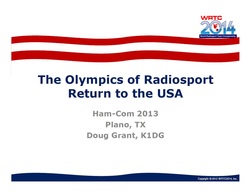
Presented by Doug Grant, K1DG
An overview of the goals of and the behind the scenes details of bringing the WRTC Championship back to the USA in 2014
Hour 2 - Why Contesting?
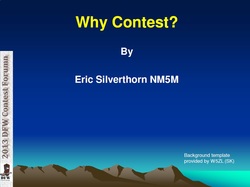
Presented by Eric Silverthorn, NM5M
An introduction to contesting and why contestors operate. Disputes the myth that you have to be a big station to compete and gives an overview of the many types of contests to help beginners decide what is right for them
Hour 3 - Contest Operating Best Practices
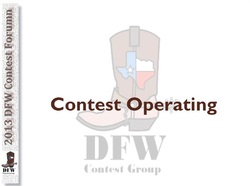
Co-Presented by Jim Spaulding, W0UO and Tom Horton, K5IID
An overview of the importance of keeping up your QSO "rate" by discussing both Running "CQ'ing" and Search & Pounce Techniques. Also discusses setting goals before each contest and good time management.
Hour 4 - Contest Station Design and Engineering
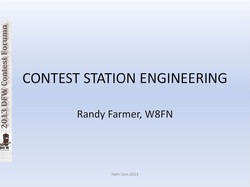
Presented by Randy Farmer, W8FN
This presentation covers the hardware aspects of good contest station design. Topics include the quality of your transmitted signal, ability to hear well in adverse environments, ergonomics, good station layout and testing.
Hour 5 - Contesting with Restricted Space Antennas
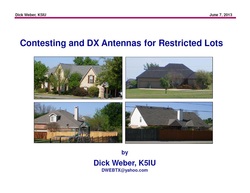
Presented by Dick Weber, K5IU
The goal of this presentation is to provide good data to assist in making a fact based decision regarding compromise antenna choices. Antenna designs covered assume no tower, limited space, and low height (25-35 ft)